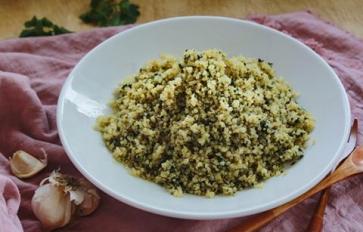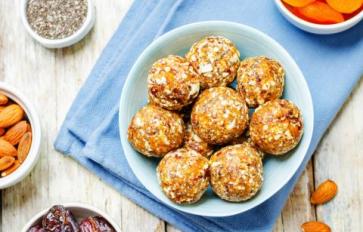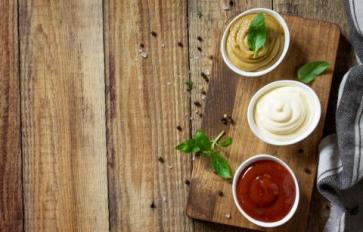
Fruit Butter is not just delicious but it’s actually a little easier to make than jelly. The difference between a fruit butter and a jelly is jelly is made using fruit juice and sugars whereas a butter uses the actual pulp from the fruits, cooking them down into a spread.
There are both pros and cons when it comes to making fruit butter instead of jelly.
Pros
Can be made in large quantities.
Not as delicate as jelly: with jelly your timing has to be perfect in order to achieve the actual gel.
You can make it over fire, on a stovetop, or in an oven.
No need to test for pectin or acid.
Cons
Must be cooked for a long time.
Requires a close eye so it doesn’t scorch.
Need a full day to do it.
Fruit Butter Recipes:
Equipment
There isn’t a whole bunch of equipment needed but there are a few things.
Large Kettle or Cast Iron Pot
Jars
Lids
Wooden Spoon
Fruit Press or Sieve
Funnel
Fruit butter recipes are simple and they usually don’t require very many ingredients. While some recipes are measured out in proportions, others simply contain the ingredients and tell you to add spices to taste. Cooking fruit draws out the natural sugars. The amount of sugar in the fruit varies between each piece, depending mostly on its ripeness. So while one bunch of fruit may need 2 tablespoons of honey, the next may only need enough for preserving. Another thing you will notice is there are no cook times involved in this recipe -- again, that is because each fruit is different and contains its own amount of juices, so the time it takes to cook down will almost always vary.
You can make fruit butter using almost any fruit but today I’m going to share with you three of my favorite fruit butter recipes.
Apricot Butter
Simply cut the fruit in half and remove the pits.
Place the fruit into the kettle or cast iron pot, adding just enough water to keep the fruit from scorching.
Cook until tender.
When tender enough run the fruit through a fruit press or sieve, being sure to keep all of the juices (that’s where all the good stuff is).
Put the mashed fruit into the pot and continue cooking down until it thickens. Be sure to keep stirring to avoid scorching.
The Thickness Test – To know when your fruit butter is at the right thickness, place a spoonful of the butter onto a plate and leave it to set up for a few minutes. If the butter holds shape and has very little to no liquid pooled around the edges, it is ready. If it spreads and is runny you have to keep cooking it.
When your fruit butter is finished cooking, add the honey to taste and scoop out into hot, sterilized mason jars, leaving a ½-inch gap. Fit on your seal with the lid and process in a boiling water bath for 10 minutes.
Banana Butter
This recipe is wonderful. When your grocery store has an abundance of ripe or over-ripe bananas on sale it is time to stock up and can.
Peel a bunch of bananas and put them into the kettle over a low flame. Mash the bananas down as much as you can. Bananas contain a lot of sugar so you may not need any honey to sweeten, just enough to preserve. Cook down the banana until it passes the thickness test, then season to taste with honey and cinnamon.
Pour into hot sterilized jars, set the seal and lid and run it through a boiling water bath for 10 minutes.
Pear Butter
This recipe has a few more ingredients than the last, so I used some measurements to make it easier.
4 Cups Pears- peeled, cored, sliced
½ Cup Water
2-3 Teaspoons Raw Honey
2 Teaspoons Fresh Lemon Juice
10-12 Cloves
Small Cinnamon Stick (1-2 inches)
Puree the pears and water.
Strain and pour into sterile hot jars. Fit the seal and lid and leave them sitting at room temperature. There is no boiling water bath required so be sure the jars are nice and hot so they will seal properly.
Fruit Butters are fun to make, pleasurable to the palate, and healthy for you. I hope you’ve enjoyed this week’s Off-Grid Cooking recipe. Basmati would love to hear what some of your favorite fruit butters or jellies are -- drop us a line in the comment section.
*Weekly Tip* The sterilization of your canning equipment and tools is very important. Always be sure to sterilize all of your gear and the area you will be working in as to avoid possible contamination of your food. Also a reminder: when it comes to canning, you have to replace your seals every year.








